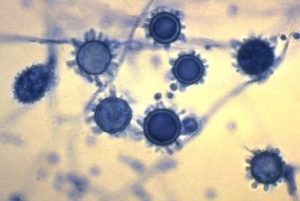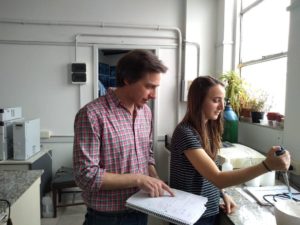Development of Immunoassays for Histoplasmosis
Histoplasmosis is a systemic mycosis endemic to America and Africa caused by the thermodymother fungus Histoplasma capsulatum. It is the most frequent respiratory mycosis in the world, with approximately 40 million patients and 200,000 new cases per year. In our country it is widely distributed and it is estimated that there are around 10 million individuals infected who have a potential risk of developing fungal disease.
Depending on the amount of inhaled microconidia and the immune status of the host, different clinical forms may develop, including disseminated histoplasmosis. This clinical form has a poor prognosis and requires rapid diagnosis and treatment.
The isolation in culture media of H. capsulatum from clinical samples is considered the gold standard method, but requires time (4-8 weeks) and has a variable sensitivity. Molecular methods have not been sufficiently evaluated, costs are high and sensitivity for the identification of disseminated histoplasmosis is low (10-69%). With respect to immunoassays, these are not available in most countries of South America due to their high costs. In addition, the ELISA used in the direct diagnosis, presents numerous false positive reactions because it uses polyclonal antibodies obtained from the serum of rabbits infected with H. capsulatum.
In this context we propose the production of recombinant antigens and the development of new ELISA kits of high sensitivity and specificity and low cost, for the direct diagnosis of histoplasmosis and also for the specific antibodies detection for the indirect diagnosis.
Principal Reserarchers
Dra. María Luján Cuestas
Dr. Alejandro Nusblat
Group members
María Agustina Agustina (Becaria Doctoral)
Tomás Brito Devoto (Becario Doctoral)


